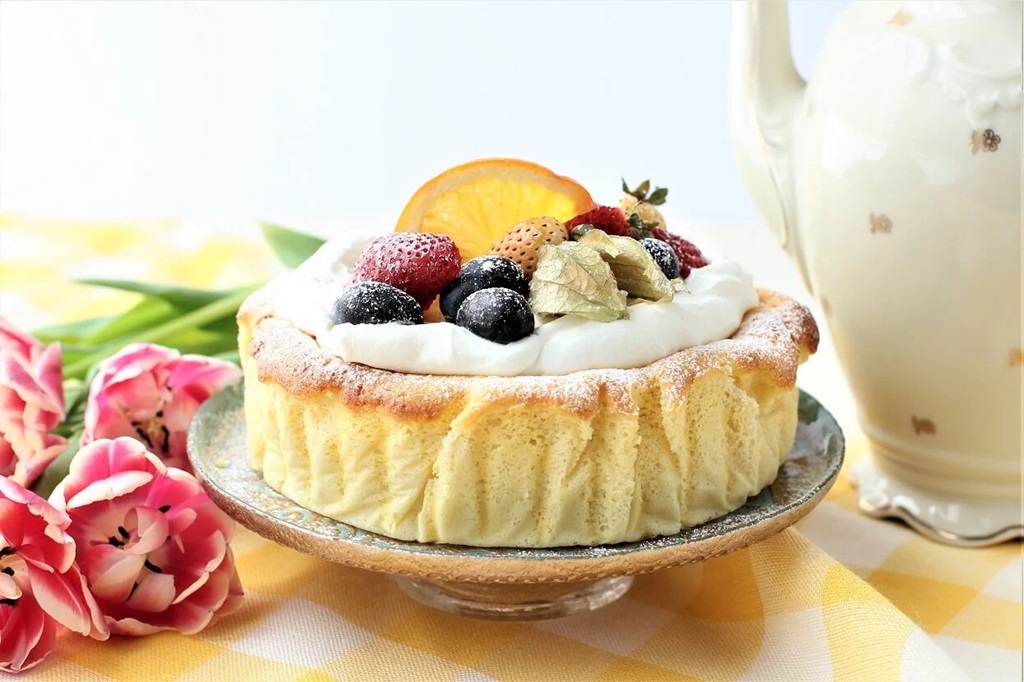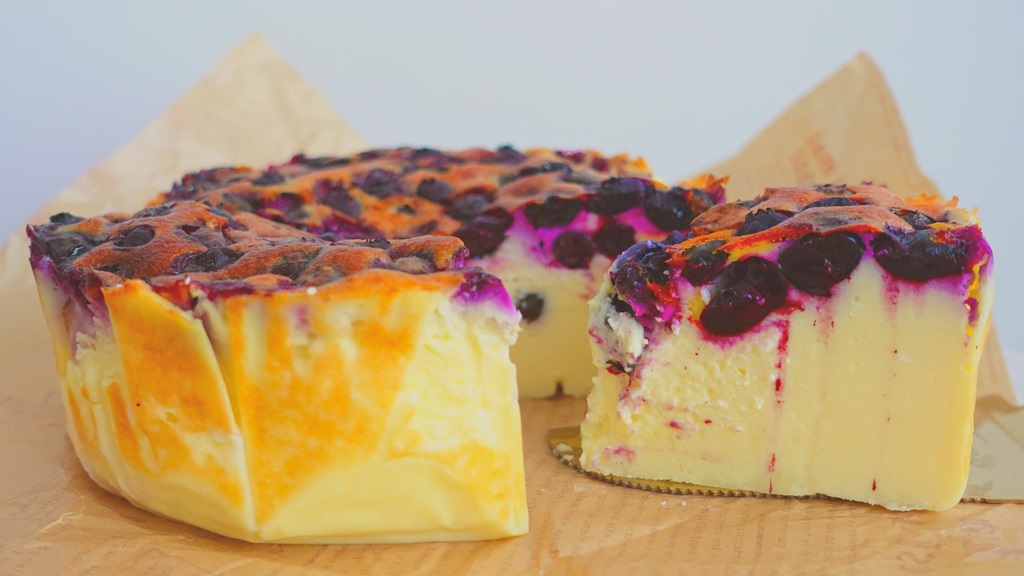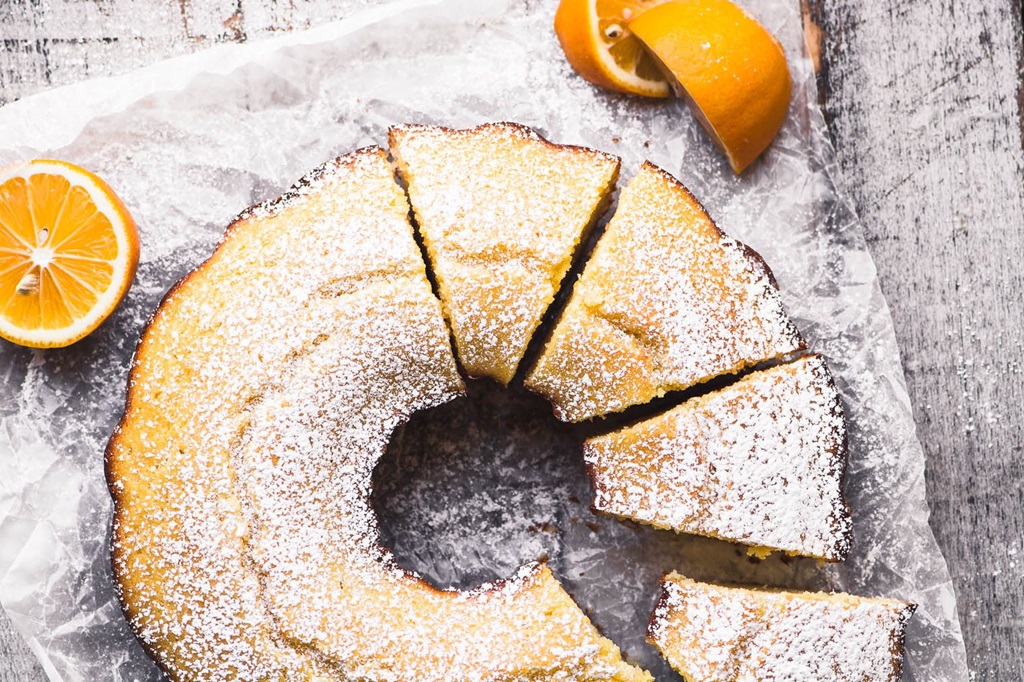
19 Dec Creamy Lemon Yogurt Cake Recipe for Kids
Baking can be an intimidating process, especially for young kids new to the kitchen. However, yogurt cakes are a perfect gateway to the wonderful world of homemade baked goods. Simple to prepare and infinitely adaptable, this creamy lemon yogurt cake recipe is gentle enough for beginner bakers but delicious enough for the whole family to enjoy.
The beauty of yogurt cake lies in its simple ingredients. With just a few pantry staples, kids can whip up a tender, moist cake bursting with bright citrus flavor. No special equipment or tricky techniques are required. The hands-on time is minimal, leaving you and your mini sous-chefs with more opportunity for mixing, measuring, and licking spoons along the way.
The end result is a mildly sweet cake with a velvety crumb that literally melts in your mouth. The tangy cream cheese frosting provides the perfect tangy, creamy counterpoint to the soft lemon cake layers. Read on for step-by-step instructions, as well as ideas for customizing with mix-ins.
Creamy Lemon Yogurt Cake Ingredients
For the cake:
2 cups all-purpose flour
1 1⁄2 teaspoons baking powder
1⁄4 teaspoon salt
1 cup full-fat Greek yogurt (lemon or plain)
3⁄4 cup granulated sugar
3 large eggs
1⁄3 cup vegetable or canola oil
2 Tablespoons lemon zest (from about 2 medium lemons)
1⁄4 cup freshly squeezed lemon juice
For the frosting:
One 8-ounce package full-fat cream cheese, softened
1⁄4 cup (4 ounces) unsalted butter, softened
3 1⁄2 cups powdered sugar
1 teaspoon pure vanilla extract
Pinch of salt
Step-By-Step Instructions
To start, gather all necessary equipment and ingredients. You will need:
- Two 8-inch or 9-inch round cake pans
- Stand mixer fitted with paddle attachment OR hand mixer
- Mixing bowls
- Rubber spatula
- Whisk
- Fine-mesh strainer
- Parchment paper
- Cooling racks
In Details

Preheat your oven to 350°F. Grease two round 8-inch or 9-inch cake pans and line the bottoms with parchment paper. This will prevent the cakes from sticking when removed from the pans.
In a medium bowl, whisk together the flour, baking powder, and salt. Set aside.
In a large mixing bowl, beat together the Greek yogurt and sugar for 2 minutes on medium speed until combined. You can do this step by hand if you don’t have a stand mixer. The sugar will dissolve slightly into the yogurt.
Next, add in the eggs one at a time, beating well after each addition. Then, stream in the oil in a slow, steady stream until incorporated, followed by the lemon zest.
With the mixer running on low speed, slowly add in the dry ingredients, mixing just until incorporated. Do not overmix. Finally, stir in the lemon juice with a rubber spatula or wooden spoon. The batter will seem quite thick.
Evenly divide the batter between prepared pans (about 2 1⁄2 cups of batter per pan). Use your spatula to smooth the tops evenly.
Bake at 350°F for 28-32 minutes, rotating the pans halfway through. The cake tops will turn golden brown, the sides will pull away from the pans, and a toothpick inserted in the center will come out clean when fully cooked.
Allow cakes to cool completely in the pans set on a wire rack. The cakes must be completely cool before assembling and frosting.
While the cakes cool, make the frosting
In a large bowl, beat the cream cheese and butter together until smooth using an electric mixer. With the mixer running on low speed, slowly add the powdered sugar, vanilla extract, and pinch of salt. Mix until light and fluffy. Cover bowl and refrigerate until 30 minutes before ready to use.
To assemble, carefully run an offset spatula or table knife along the inside edges of the pans to loosen the cakes. Invert onto your work surface so that the cake lands top-side down. Lift off the pans. Discard parchment.
Using a serrated knife
Gently trim the domed tops to create a flat surface for stacking. Place 1 layer top-side down onto your serving platter or cake stand.
Spoon about 1 cup of frosting onto the top and use an icing spatula to spread evenly to the edge. Carefully place the second layer on top, top-side up.
Frost the top and sides with the remaining frosting. Smooth it out evenly. Easy watercolor-esque drizzles with zest or lemon slices make pretty finishing touches if desired!
Cover cake lightly and refrigerate for at least 30 minutes before slicing to allow frosting to set up. Store leftovers loosely covered at room temperature for 2-3 days or in the refrigerator for up to 1 week.
Tips & Variations

Customize this basic cake with different flavors and textures by mixing in or topping with your favorite add-ins. Get creative!
Substitute vanilla Greek yogurt for a sweeter flavor
Fold mini chocolate chips or sprinkles into the batter
Layer whipped cream or lemon curd between cake rounds
Top with fresh berries before serving
Toast slivered almonds and sprinkle on top
Add a layer of apple or apricot jam for more moisture
You can also easily convert this into cupcakes! Refrigerate leftover frosting for up to 10 days. Spoon into a zip-top bag and snip off a corner for easy decorating.
Whatever form it takes, this simple lemon yogurt cake always disappears fast. The flavorful, moist crumb appeals to kids and adults alike. Make it on a cozy weekend for brunch or a casual dessert. Just leave room for those mini fingers to “help out” with batter stirring and spoon licking!
Conclusion
From licking the sweet lemon batter off the spoon to frosting their personal cake layers, this yogurt cake offers a fun, confidence-building baking project for little ones. Not too sweet and not too fancy, it’s simple enough for success but special enough to generate smiles all around your table. Adapt the basic recipe in countless creative ways to call your own. No matter what form it takes, don’t be surprised if you catch kids sneaking seconds before dinner!
FAQs
What kind of yogurt works best?
For best results, use a high-quality full-fat Greek yogurt. Both lemon and plain flavors work well. The thick, creamy texture yields optimum moisture compared to regular yogurt. Avoid nonfat varieties lacking sufficient fat and flavor.
How do I know if my cake is done baking?
Start checking for doneness at the 28-minute mark by inserting a toothpick into the center. When it comes out clean without wet batter, it’s finished baking. The tops will turn golden and the edges should pull slightly away from the pans.
Can I use self-rising flour instead of all-purpose?
We don’t recommend substituting self-rising for all-purpose flour in this recipe. Self-rising flour already contains salt and leavening agents like baking powder built-in. Using it would throw off the balance of other ingredients. Stick to all-purpose flour for the best texture.
What’s the best way to get smooth frosting?
Using softened room-temperature cream cheese and butter yields the smoothest, fluffiest frosting. If yours seems too runny, refrigerate briefly to firm it up before frosting. Beat longer for a lighter, airier texture. Use an icing spatula to evenly spread onto cooled cake layers.
Can I prep the cake ahead?
Yes, it’s easy to prepare components of this cake ahead of time. Bake cake layers, then wrap well in plastic and store at room temp for 2-3 days max. Refrigerate frosted cake for up to 1 week. Let sit at room temp 30 minutes before serving to soften frosting.

Sorry, the comment form is closed at this time.